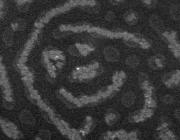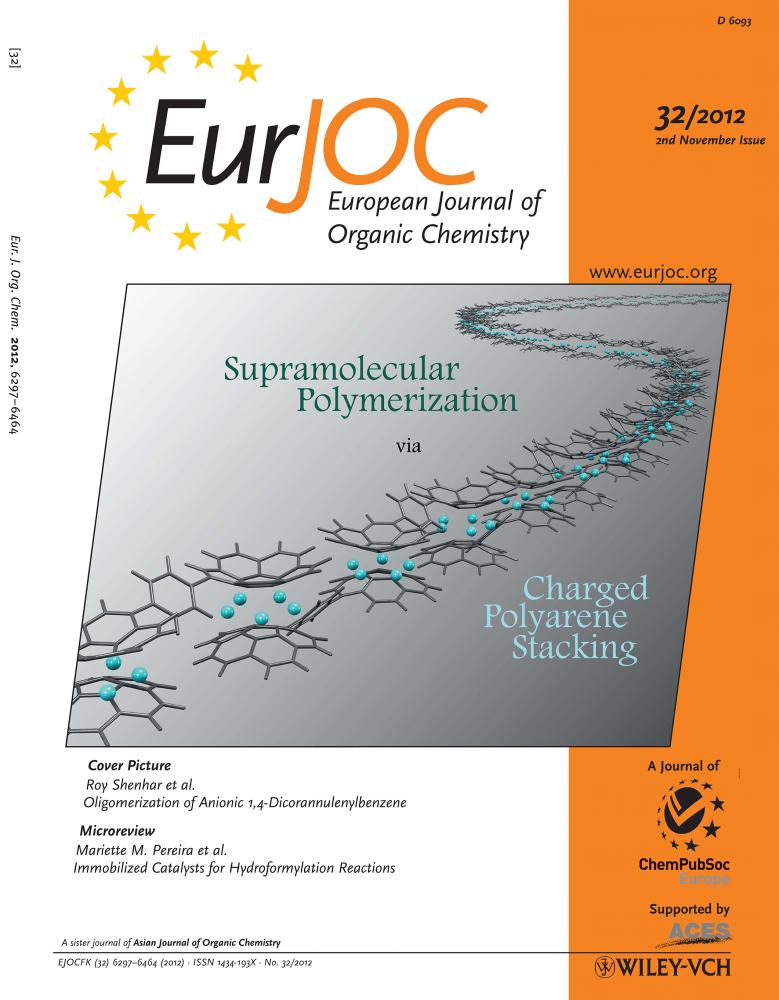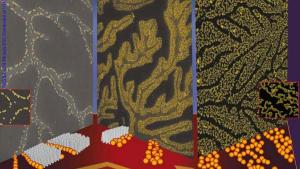Citation:
Date Published:
NOVAbstract:
The chemistry of oligocorannulenes (compounds composed of two or more corannulenyl moieties) arises from the properties of each corannulenyl and from the interactions between them. Varying the linkage between the corannulenyl moieties can influence the interaction and give rise to new properties in these carbon-rich compounds. This work describes the synthesis and reduction of 1,4-dicorannulenylbenzene in which a rigid aromatic benzene spacer leads to new electronic and supramolecular behavior, as shown by NMR, EPR, and UV/Vis spectroscopy, as well as DFT calculations. Structural and energy analyses of the dianion revealed that the benzene ring modifies the electronic communication between the two bowls. To preserve the aromatic character of the benzene, conjugation between the bowls is minimized and the benzene assumes a biradical bonding pattern rather than a quinoidal one. At the octaanionic stage, self-diffusion NMR experiments revealed extended supramolecular polymerization through charged polyarene stacking. The highly charged supramolecular oligomers are composed of up to 11 monomers per chain, significantly longer than the first (bicorannulenyl) oligomers of this type. This observation constitutes a proof-of-principle for controlling this novel type of polymer through modification of the intercorannulenyl spacer.






